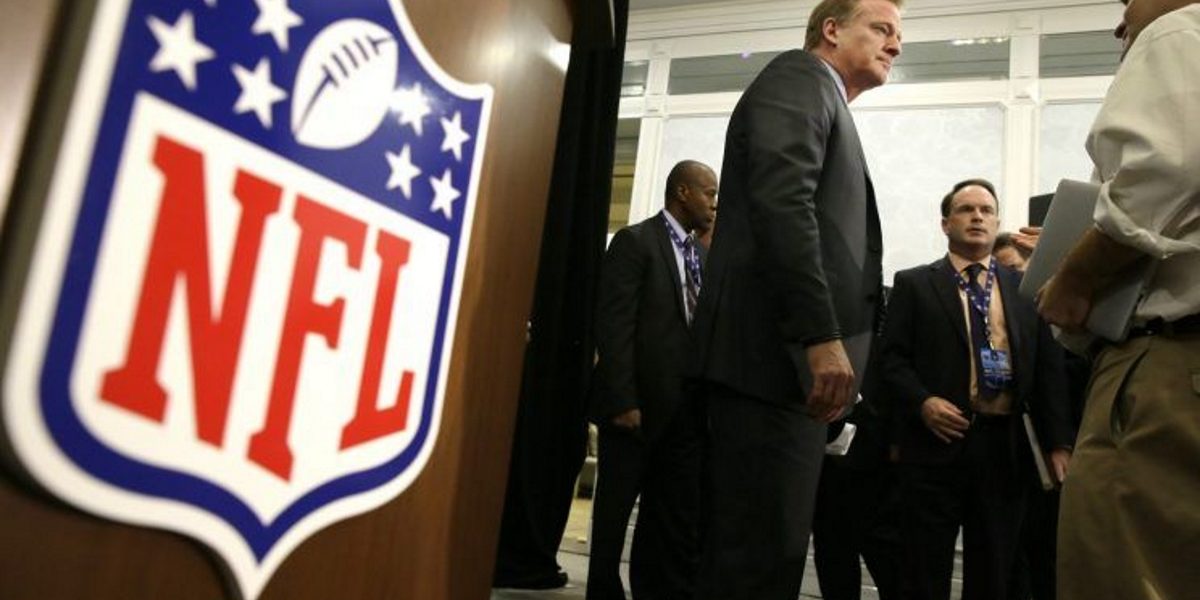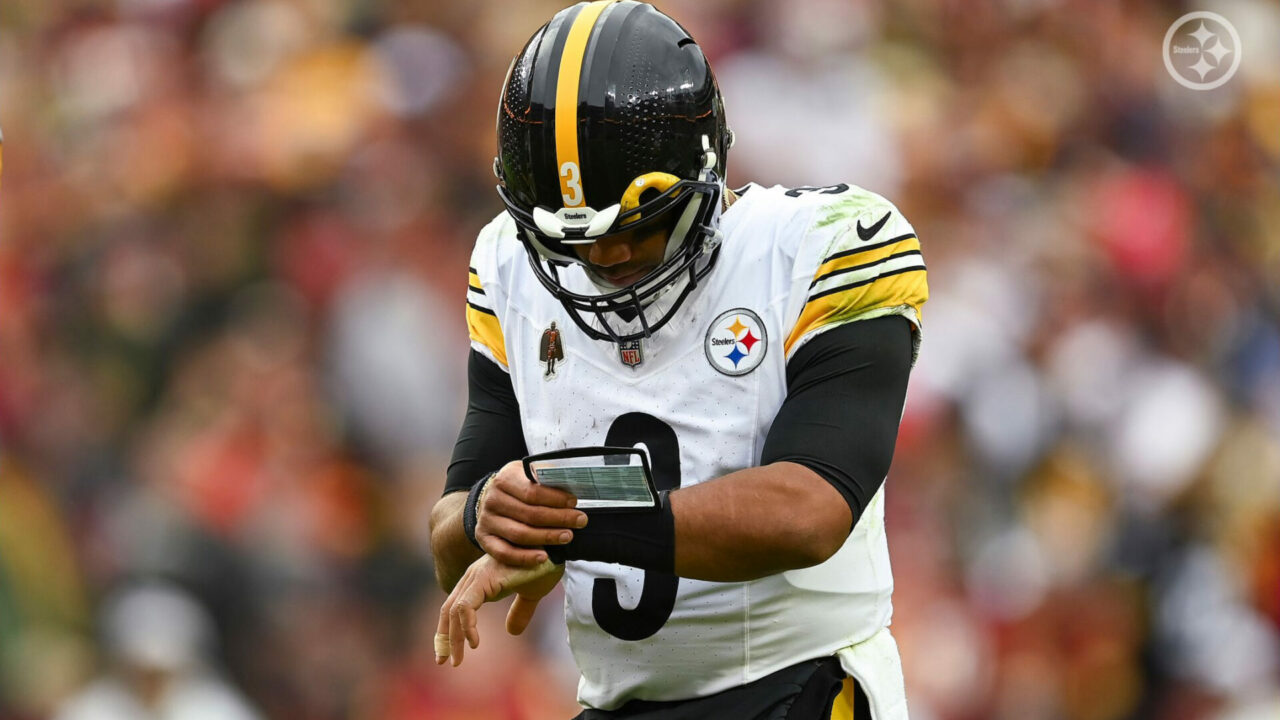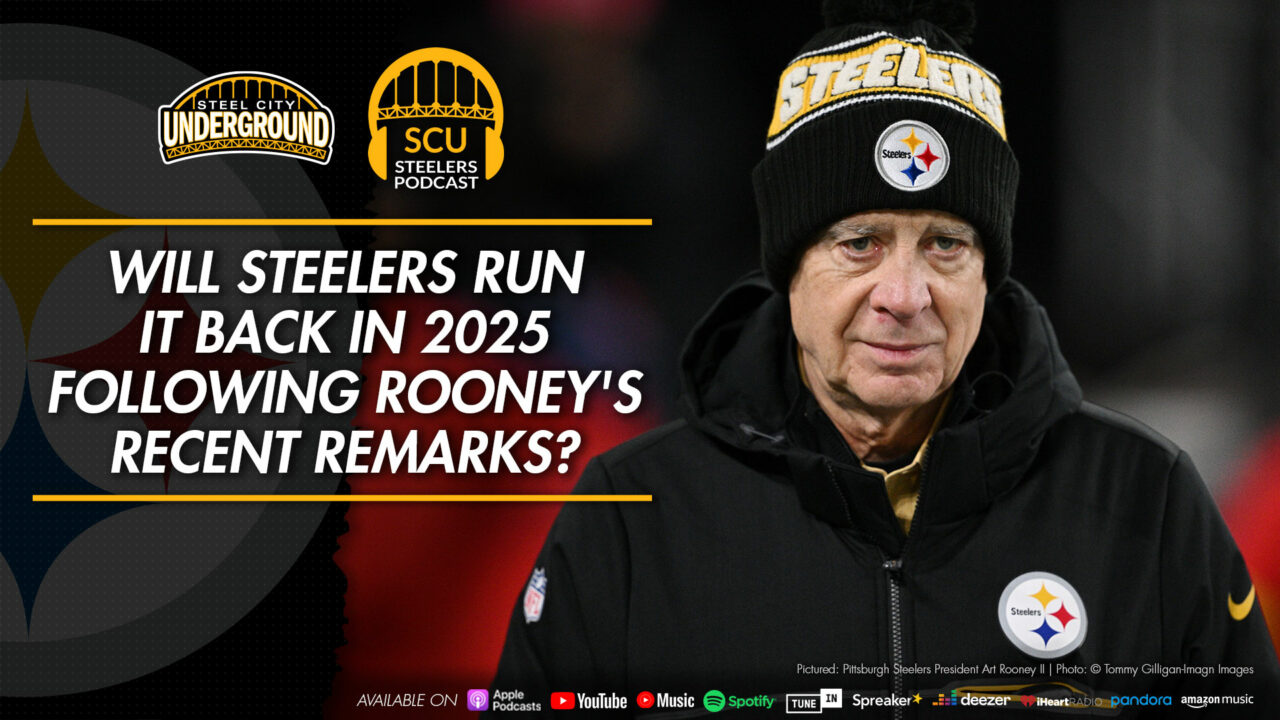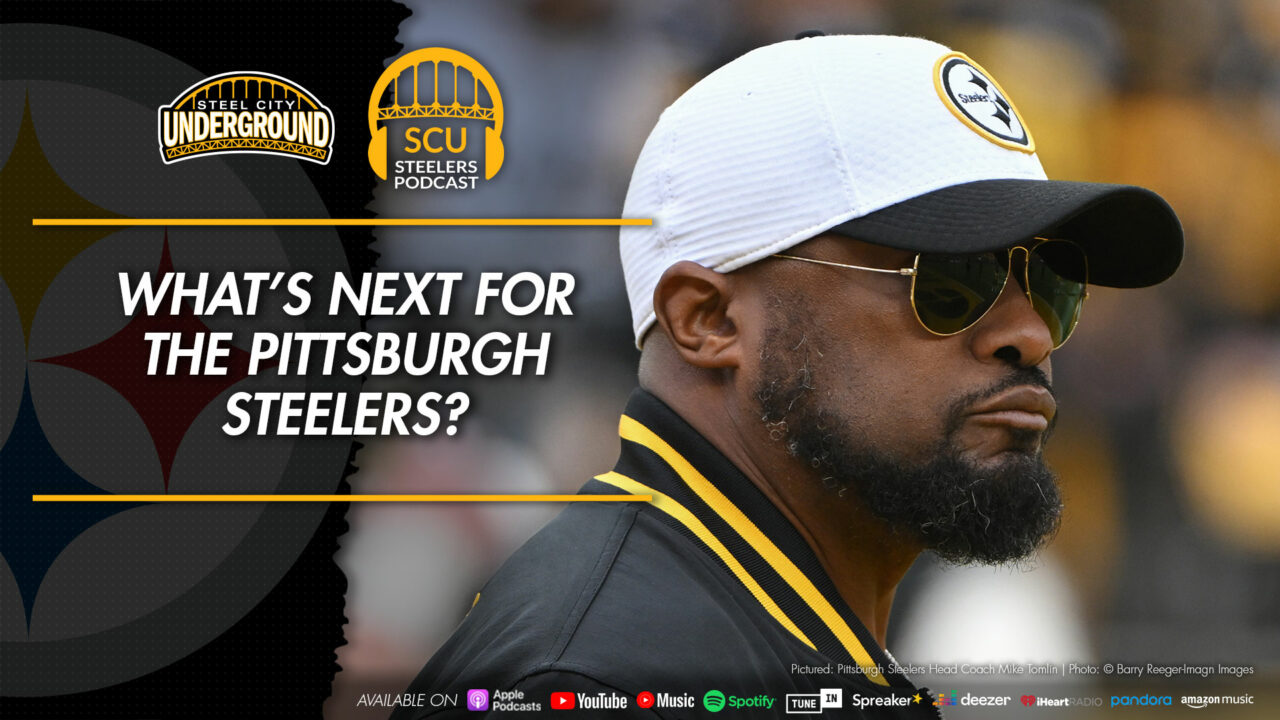The NFL has an image problem and it’s not what you think
There has been a narrative over the past few weeks, ever since the Bengals game, that the NFL is far more concerned with how things “appear” than they are with how things “are”. To be fair, it may just be my narrative, but it is a narrative nonetheless.
It may have started long before the Steelers/Bengals game, but that is where it feels like it started for me. The clearest of statements was shouted out by the League front office when it suspended JuJu Smith-Schuster for a game for his hit on Vontaze Burfict. That previous statement was negated this past week however when zero suspensions were handed out for the kerfuffle in Jacksonville between the Seahawks and the Jaguars. Yes, that is right, count them – zero suspensions.
The message was loud and clear. If you do something that visibly, insights the populace to be unhappy with the league, justice will be swift and severe. If you do it in the back alleys or out of the spotlight, that is fine – just do not let anyone see it. That message was adjusted slightly Sunday.
Don’t do anything embarrassing, unless it helps the Patriots win.
An Image Issue
There is no question that the NFL is having some issues this season, and it’s impacting the league’s image. From Anthem-gate to JuJu-gate to a variety of other problems the league is facing scrutiny that it has managed to avoid in the past. And the NFL is very aware of it. So, it strikes me as odd that they can’t see the black eye they just gave themselves yesterday.
Yo #NFL Steeler receiver clearly caught football and knee hit ground short of end zone. Your ruling of incomplete pass is ludicrous. Good luck with those empty seats and collapsing TV ratings.
— Brent Musburger (@brentmusburger) December 18, 2017
That is just one of the innumerable Tweets that have come out from what you could consider “unbiased” individuals who are absolutely beside themselves over what I guess I will call “Overturned-Gate”.
Tony Dungy said what I think we all know and believe:
In flag football, high school football, college football, any place you play football other than the NFL, that’s a touchdown.
The real image issue the NFL has is not with hooliganism or protesting the anthem; it’s the issue any league has when the fan base can no longer be sure of the basic principles involved in the way the game is played and adjudicated. When something as basic to the nature of the game as a ‘catch’ cannot be defined in such a way that everyone can agree on it.
Consistency
It boils down to consistency, or the lack thereof. Maybe even more than that, it is clear to me that the ambiguity of the rules is undermining the game and eroding the very fan base that the league is seeking to protect.
SCU’s Joe Kuzma put out a piece detailing his frustrations with the way the game was called, and in it, he highlighted what the Twitter-verse has been ranting about since the moment that the Jesse James touchdown was overturned.
The NFL rule in question is Rule 8, Section 1, Article 3, Item 1, which reads as follows:
“A player is considered to be going to the ground if he does not remain upright long enough to demonstrate that he is clearly a runner. If a player goes to the ground in the act of catching a pass (with or without contact by an opponent) he must maintain control of the ball until after his initial contact with the ground, whether in the field of play or the end zone. If he loses control of the ball and the ball touches the ground before he regains control, the pass is incomplete.”
You can search archives of NFL footage and you will find numerous examples of how this rule has been administered over time; however, you don’t have to. There are three clear examples just from this season.
This first play was in the Patriots/Texans matchup earlier in the year:
https://twitter.com/steelcityundrgr/status/942748408477110272
In this play, Tom Brady throws to Brandon Cooks for what appears to became the game-winning touchdown, or so it was ruled initially. It, of course, went to review, and was upheld. The reasoning was that there was insufficient evidence to overturn the call on the field, yet you can clearly see the ball nearly coming out of Cooks’ hands as he falls out of bounds, and the ground allowing him to regain control.
Then there is the now infamous Austin Seferian Jenkins touchdown from the Patriots/Jets game:
Austin Seferian Jenkins bobbles the ball BUT THEN regains possession as he is in the air BEFORE his is out of bounds. Bogus call @NFL pic.twitter.com/byJF4rnlpi
— Joe Blewett (@Joerb31) October 17, 2017
In this second clip, Jenkins scores a touchdown against the Patriots near the end of the game; or so it was initially ruled. Again, enter replay. This time, however, the play is overturned. The reasoning? Jenkins allegedly lost control of the ball and didn’t maintain possession before going out of bounds. However, you can see that in the replay, Jenkins clearly regains possession before going out of bounds.
Or, if you want to, accept the other take: that Jenkins was very obviously a “runner” at that point so that when the ball broke the plane, the play was dead. Either way, that’s a touchdown.
Finally, we have the play from Sunday’s game:
In this clip, you see that Ben Roethlisberger hits tight end Jesse James for what appears to be a potential game-winning touchdown. The play is ruled a touchdown on the field – but wait – here comes replay. After the replay review, the ruling on the field is overturned because James “failed to survive contact with the ground”.
Examine those three plays, and show/tell me how each should have been different. I will not argue that James may have had his left hand come off the ball. It appears that way to me in the replay. However, I would suggest that this is not evidence of loss of control. Certainly, there is less than “clear evidence to overturn the play” here than there was in the Cooks catch or even the Jenkins catch. Being true, the James touchdown should have stood; backed up based on the ruling of the Cooks catch at the least. The two plays are that similar in context and visual evidence.
The bottom line is that there is an issue here, and it is insidious and detrimental to the game as a whole. The issue is trust.
Confidence in the Game
For any major sport, there is a need for trust; trust that the rules are realistic, understandable and clear; trust that the rules are being administered fairly and justly. There must be trust that, as the saying goes ‘on any given Sunday’, anything can happen. Trust that the players are the ones deciding the final outcome of the contest and not some faceless lackey in a booth in New York.
The NFL is losing that trust, if it even still has it.
Just read what NFL SVP of Officiating Al Riveron had to say in his “explanation” of the Jesse James call:
Roethilsberger completes a pass to James, and James is going to the ground as he reaches the goal line.
How can you start your claim that it is an incomplete pass by saying a player “completes a pass”? Apparently, the English language itself isn’t expressive enough to fully explain the nuances of the NFL “Catch rule”.
Former NFL VP of Officiating Mike Pereira said this :
By rule, when a receiver with possession of the ball is in the act of going to the ground and performs a second act by reaching out to break the plane, that completes the process of the catch and the ball is dead when it breaks the plane.
Pereira made that statement after a play in the Super Bowl in 2010.
Last night, he said this:
Look, here is the rule. If you’re going to the ground you have to hold onto the ball when the ball hits the ground…Going to the ground trumps lunging/reaching to try and get extra yards or score a TD. You do that at your own risk. It’s incomplete.
This is the same guy, talking about the same rule and the same idea, and he has two different takes.
Rich Eisen makes the point clearly in this tweet:
When a rule leaves fans confused — because merely breaking plane is fine for a runner holding onto the ball — and/or dissatisfied and disillusioned, it’s time to change the rule. The ball moved after he broke the plane. And he wouldn’t have lunged had points not been at stake. https://t.co/EMe2kr3Lof
— Rich Eisen (@richeisen) December 18, 2017
The idea of a catch should be simple. The idea of a touchdown should be simple. When these basic integral parts of the game require a 5-minute long review to determine what the naked eye believes it sees, and that determination is in defiance of that belief, trust is lost.
There are already a large number of people who believe that NFL contests are no more ‘real’ than the WWE or even boxing; that every match outcome is scripted and pre-decided. It is rules like these, that are so vague and open to interpretation, that will continue to perpetuate the idea that these football games are all predetermined. When that happens, the NFL will find itself relegated to a late night sideshow.
So, take all the “-gates” you want in pro football. If you want a reason why the NFL may find itself facing an eroding fan base, look no further than their simple inability to make the most basic and fundamental parts of their game easily understood. Instead of simplifying things, they complicate them. Instead of making rules clear, they obfuscate them and make them more implacable.
Maybe the NFL should take some very basic advice from Pete Seeger who said this:
Any darn fool can make something complex; it takes a genius to make something simple.
Or maybe leave it to Brett Keisel.
As players we are taught to be consistent. The NFL/Goodell/Officiating need to be taught
— Brett Keisel (@bkeisel99) December 18, 2017
The NFL has an image problem. If it doesn’t figure out how to solve it, then the trickle of fans looking for other forms of entertainment will soon become a torrent. The game used to be simple. I like what Mike Mitchell said, so let’s just stick with this: #MakeFootballFootballAgain








